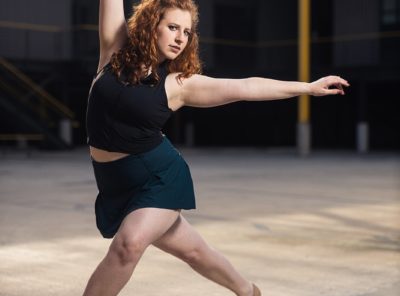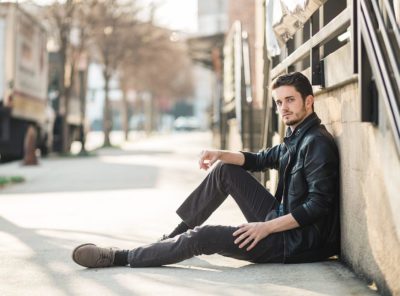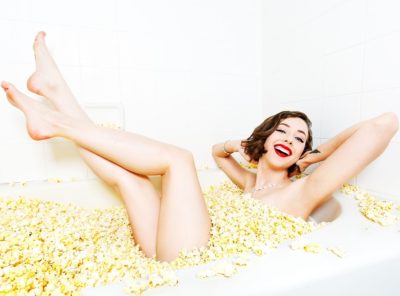Use Natural Reflectors For Better Portraits & Selfies
If you’ve ever wondered about the difference between good and outstanding photos, it usually comes down to composition, posing, and lighting. With the rise of mobile phones, we’ve all slowly become photographers with that piece of technology in our pockets. And I’m sure you can recall moments where you’ve taken a picture with your iPhone and wondered, “why does this look so good compared to the image I took yesterday?” But, most likely, it was the lighting! Ever notice weird color tones in the subject’s skin of your images? Or maybe you wanted to get a little more light to avoid those dreaded raccoon eyes of shadow? One way to quickly improve the lighting of your portraits and selfies without spending a penny is to use natural reflectors.
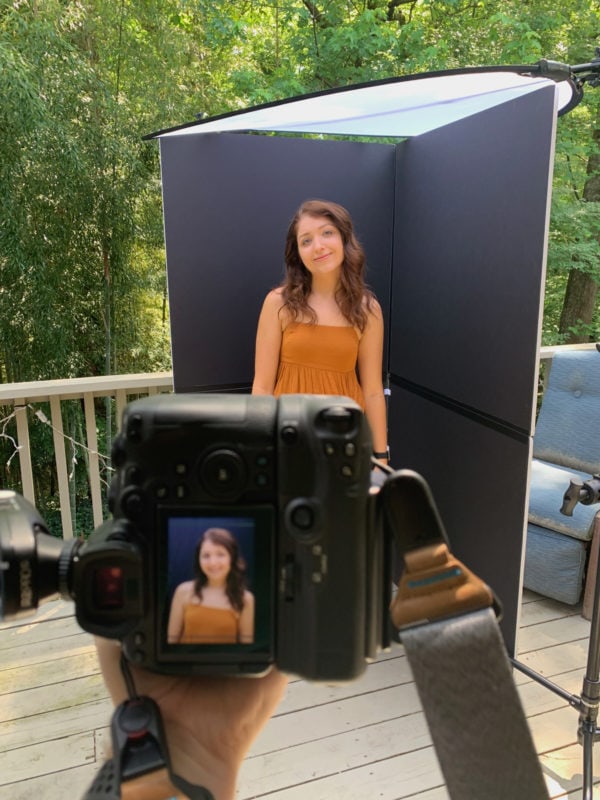
What Is A Reflector and Why Use One For Portraits?
A reflector is anything that bounces light off of its surface. So yes, anything can be considered a reflector. But why are reflectors useful? Sometimes, you need to add or remove the light from a scene or a subject in the photography world. In most cases, reflectors fill in the shadows on a person’s face or body to balance the light, which means you don’t get super dark shadows. This usually makes an image much more appealing. In addition, professional photographers use dedicated tools to reflect light where they want and in various colors. For most people, though, you don’t need to buy these accessories; you can just use the natural world around you!
What Makes The Best Natural Reflectors For Selfies?
The best reflectors are large, smooth, flat surfaces. The larger the natural reflector surface, the more light it’ll bounce back. Smooth surfaces keep the light consistent and reduce any patterns that may show up on your subject’s skin or clothing. Usually, the goal is to see detail in the subject, not the details of the reflector! Think of it like you’re underwater, looking at the bottom of a pool. When the water is smooth, you only see a well-lit floor. But, if the water is moving, you can see the water patterns on the pool floor. Your subjects may not appreciate that craggy pattern showing up on their skin in photos! You’ll also want to stick to a monochromatic color palette of whites, grays, and blacks. Yes, even black!

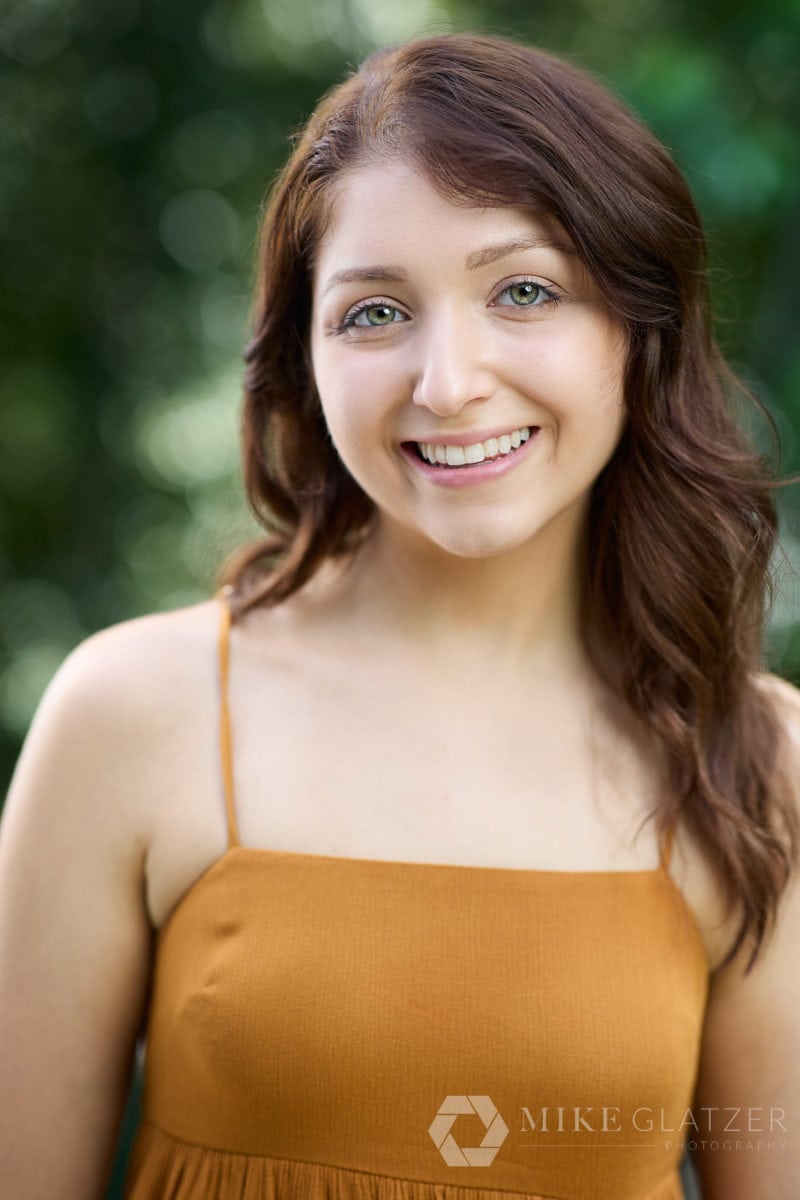
Black For A Portrait Reflector?
Where lighter colors of white and gray reflect light onto your subject, a black or dark-toned surface will absorb light. While technically not a reflector, the photography world does consider a black surface a negative-fill reflector. It’s a weird industry. Now, why would you want to absorb light? There are times when you want more shadow tone in your subject’s face or body. If they’re super well lit and you want to add more shape and dimension (this is what shadows create) to make the image more dramatic, you’ll need a black surface to minimize the light reflecting on them. It’s all about the placement of the reflector relative to the light source.
Where To Place Reflectors For Portraits?
Reflectors are typically used to add light where there is shadow. In everyday lighting situations, your light source comes from the sky above or from the side. Therefore, your shadows will be on the opposite side of your light source. For example, your light source (the sun) is above on a bright sunny day, so the shadows are underneath. In that instance, you’ll want your reflector down low and pointing back up towards the sky to fill in those shadows on your subject. Now let’s say you’re taking a selfie with a window to your right side. The window acts as your light source, which means the light is coming from the side. As a result, you’ll want your reflector positioned vertically on your left, reflecting the light towards the window, AKA the light source. Lastly, the closer the natural reflector is to your subject and the light source, the more light it will reflect.
Great Natural Reflectors For Portraits & Selfies
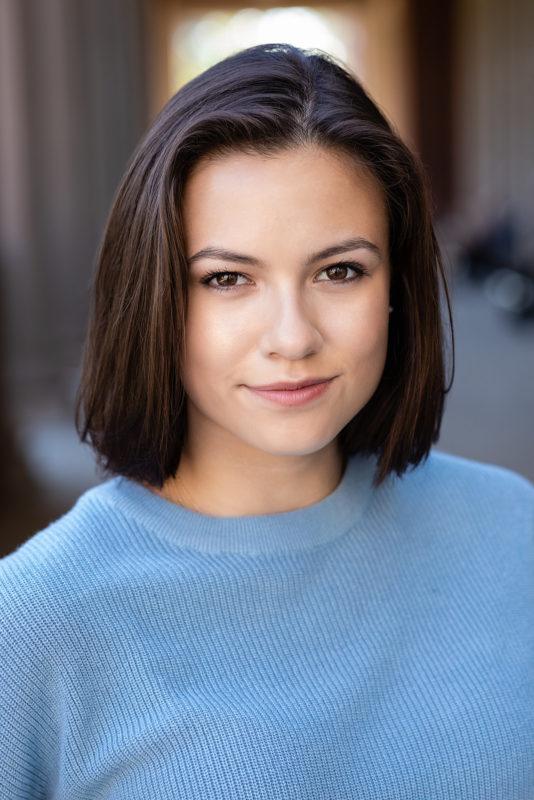
Parking Garages
Parking Garages are one of my favorite locations for portraits because they’re typically all light gray, so you can get natural reflections from all angles. You can get light reflected from the side, from below, and both simultaneously! For amazing portraits, place your subject (or yourself) a few feet inside a parking garage entrance while facing out towards the light. For harsher light, step closer to the entrance, and for softer light, step further inside the parking garage. The gray walls and ground are great natural reflectors and will make your shot epic.
Sidewalks
A near-white or gray sidewalk is one of my favorite natural reflectors on a bright day. With the sun coming down from above, a sidewalk is in the perfect position to bounce the sun’s rays back up and under the chin and eyes of your subject, which will reduce those dreaded raccoon eyes!
Building Walls
If you can find a wall or structure that is near white or gray, you’ve got an excellent natural reflector at your disposal. I like these when I’m shooting early in the morning or later in the afternoon when the sun is getting low and is coming more from a side angle. Additionally, you can use walls inside buildings to reflect window light or even a lamp!
White Sand or Light Colored Gravel
Similar to sidewalks, white sand is a stellar natural reflector. It’s a massive help on sunny beach days when the sun is particularly harsh. Remember, a natural reflector will bounce back more light the closer it is to your subject and your light source!
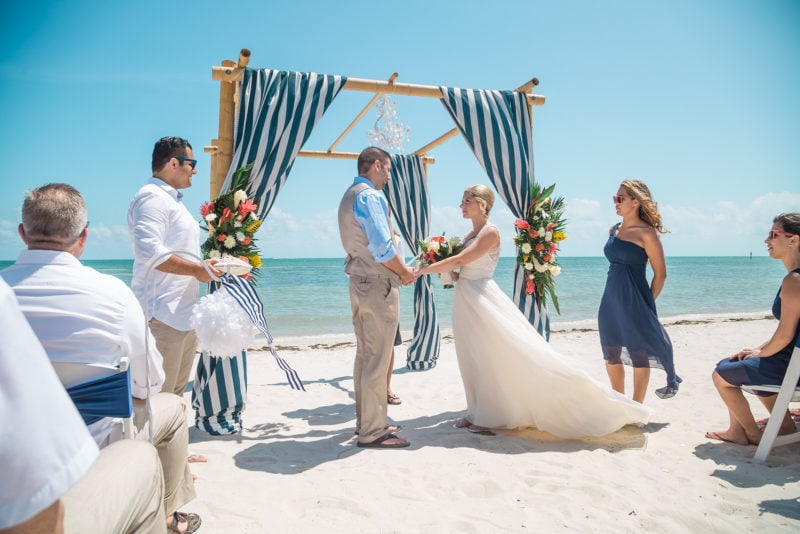
Glass
This effectiveness of glass as a natural reflector will depend on the sun’s angle, but glass surfaces and windows for buildings can be excellent natural reflectors. You’ll need your subject to get close to the glass for any light to bounce back since most of the light is going to pass through the glass.
Lesser-Known Natural Reflectors
As a new photographer, I didn’t have a ton of money to spend on gear which meant finding alternative means to serve the same purpose. What I’ve found are some brilliant natural reflectors that you can use in a pinch:
- Foam Core (professional photographers use giant sheets of this stuff)
- Bedsheets (white or light-colored)
- Printer paper (great for smaller subjects)
- Wedding Dress or White T-Shirt (want to fill in light on someone’s face? Make them stand next to a white wedding dress!)
- Pizza Box (the white ones, not the brown ones)
- Curtains (light-colored or white)
Natural Reflector Colors for Different Lighting Situations
Natural light comes in different colors depending on the time of day, so you’ll want to use natural reflectors that match those color tones. Keeping your color tones in sync will make everything consistent in your pictures and look natural.
- Silver, reflective surfaces (something metallic) for cloudy days, and shaded areas
- White or near-white surfaces for daytime sunlight
- Gold surfaces for sunset or late afternoons
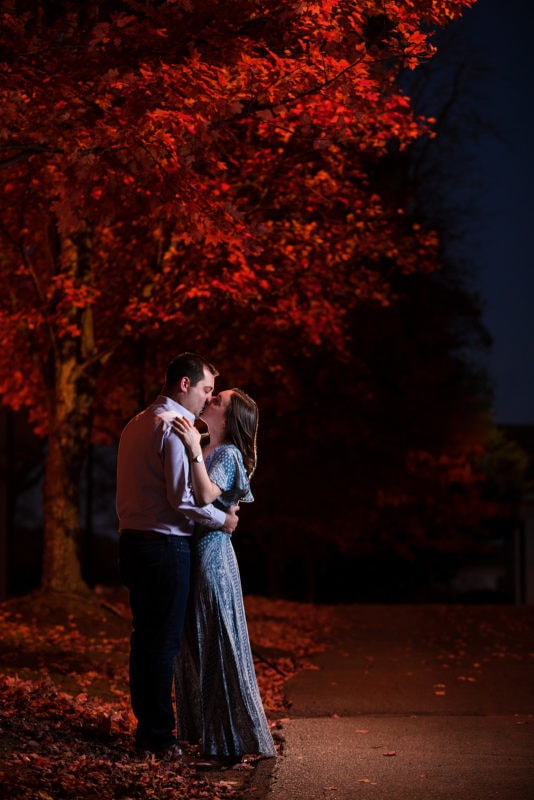
Beware of Using Colorful Natural Reflectors
If you’ve taken a selfie while sitting on really green grass, you’ll notice your skin has a funky green tone. This weird tone is because the grass reflects the sunlight into your face! Every surface can serve as a natural reflector. This fact means you have to be very careful where you’re standing when taking pictures if you want to avoid color casts in your subject’s skin. A given surface will reflect whatever color it is, so you’ll need to use reflectors where the dominant colors are white, gray, or near white to prevent color casts.
Common Color Casting Natural Reflectors
- Grass – green
- Car – whatever color it is: green, orange, blue, red, yellow, etc.
- Coca Cola Vending Machine – red
- Team Jerseys – whatever color it is
- Wood Paneled or Old-School Decorated Walls – usually a brown or orange
Pro Tip: if you want great selfies on grass but don’t want green skin tones, stand on the edge of the grass where it meets a sidewalk or pavement. Take the picture with you facing the sidewalk. The light gray color of the sidewalk will reflect near-white light into your face, but you’ll still appear to be standing in full grass! Don’t have a sidewalk near your desired background? Drop a white t-shirt at your feet, or use the white pizza box from your picnic!

